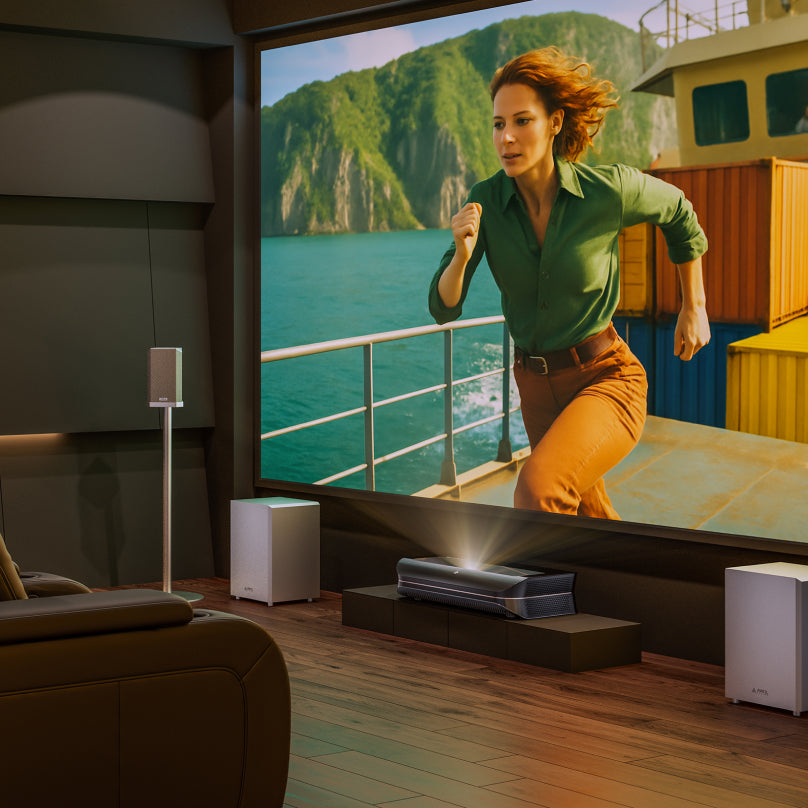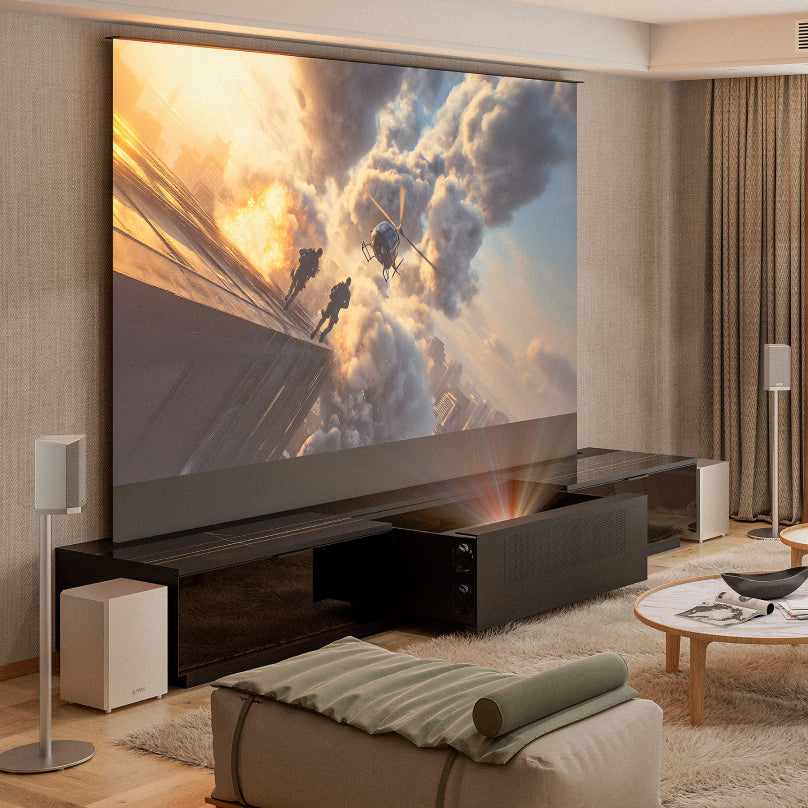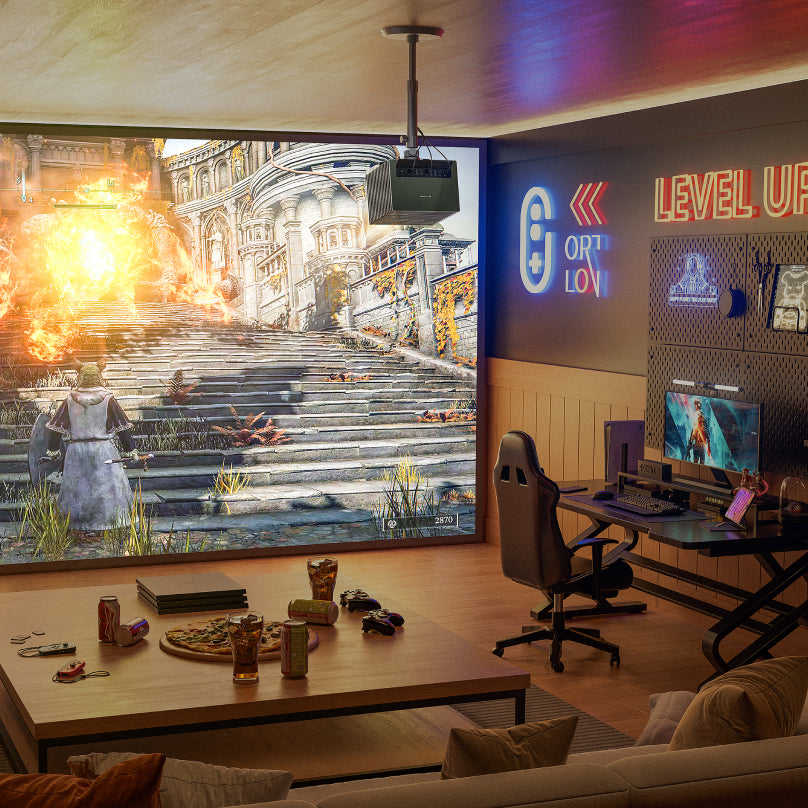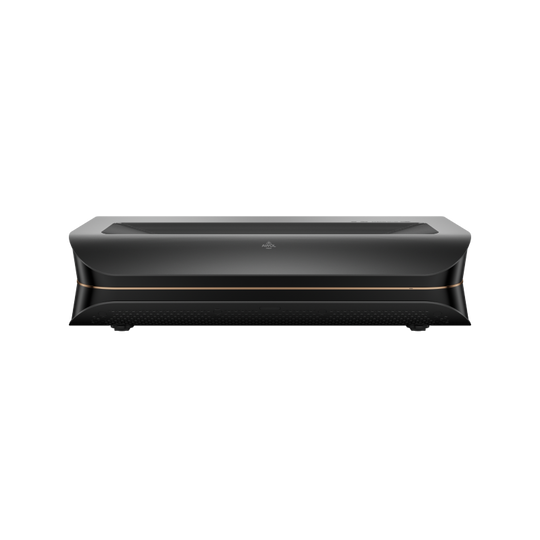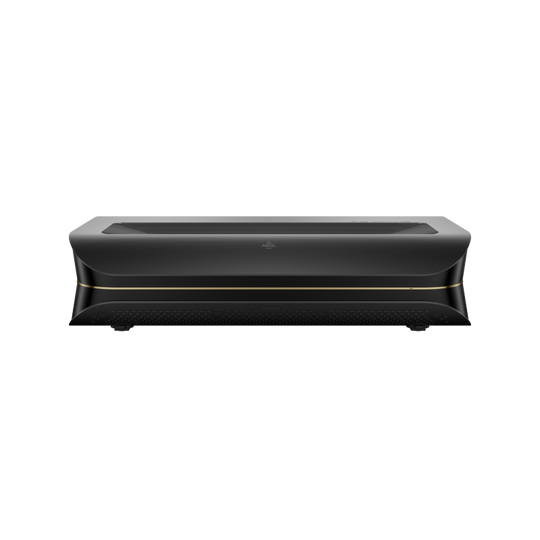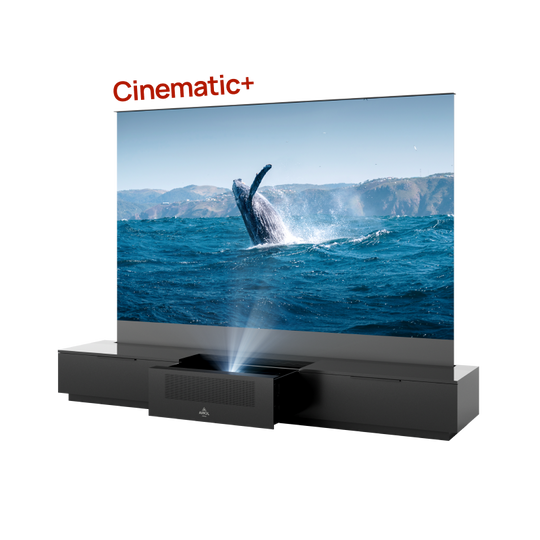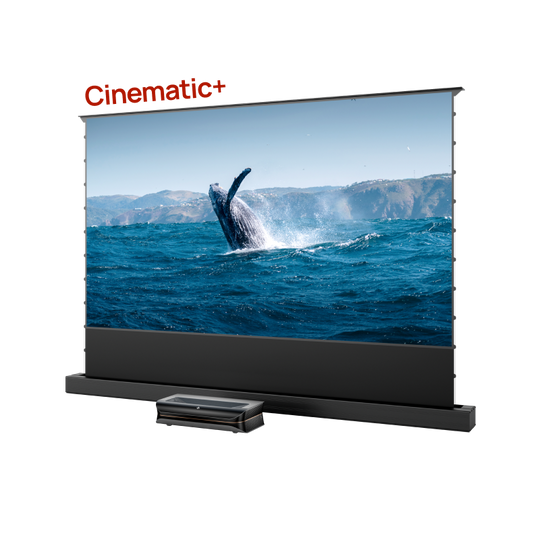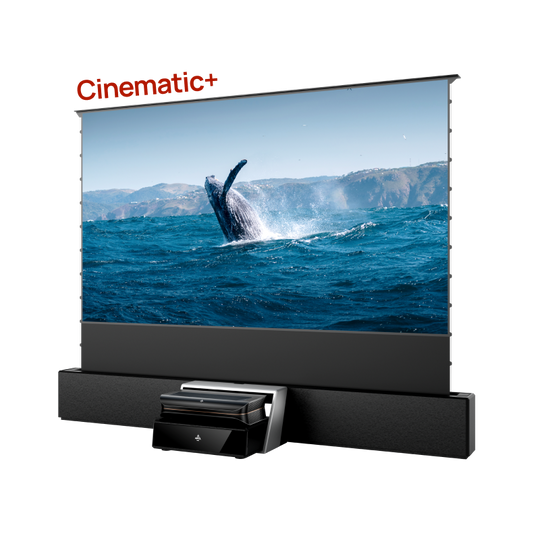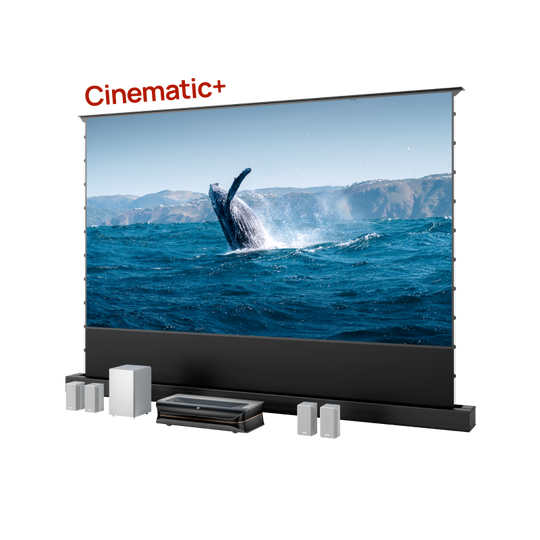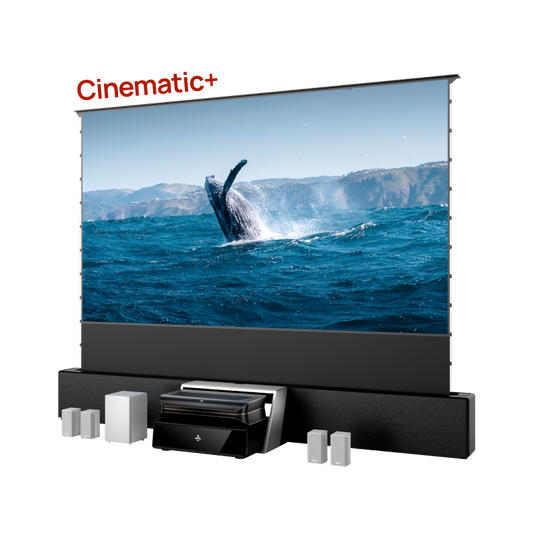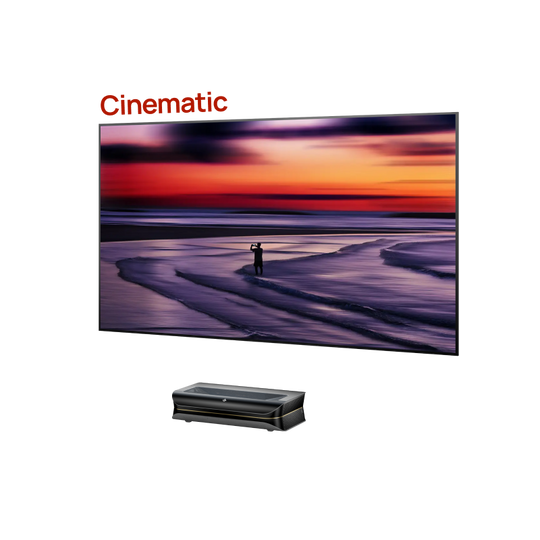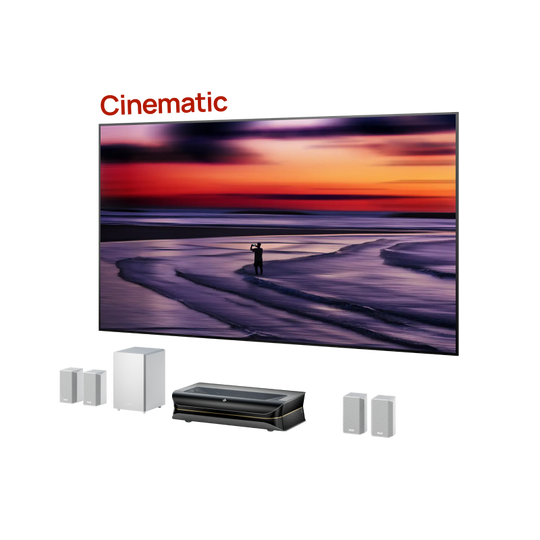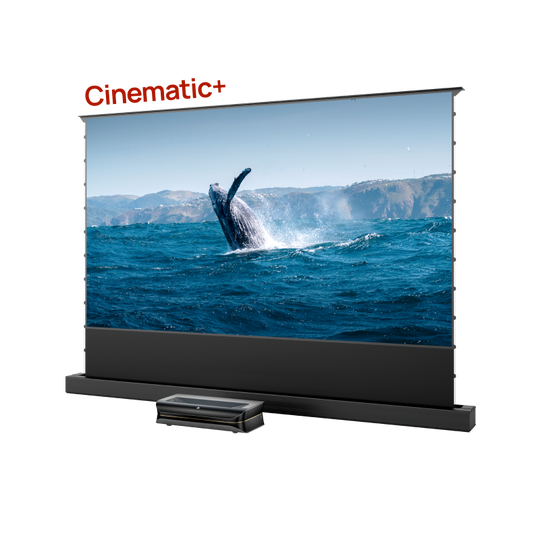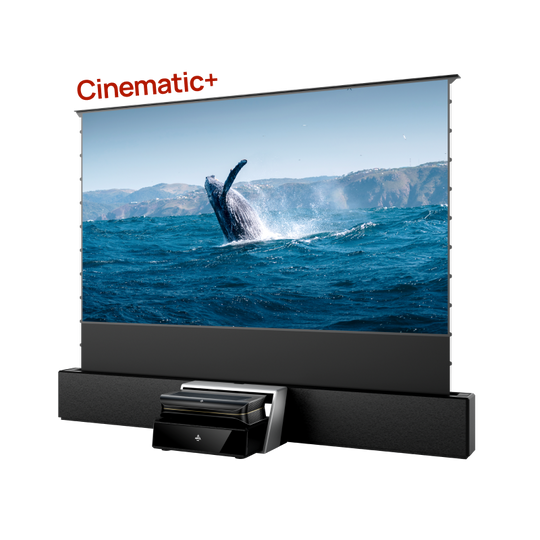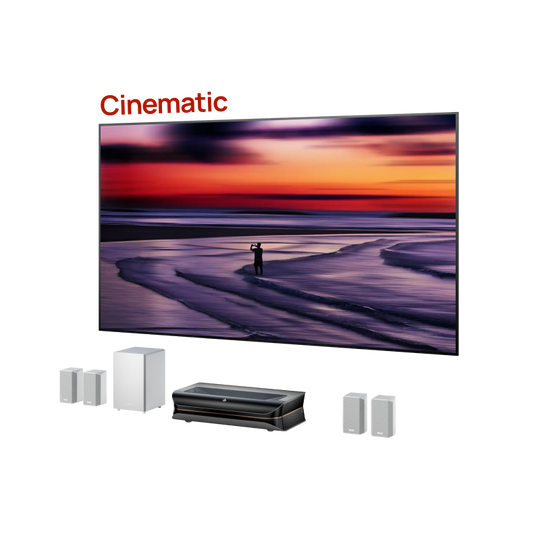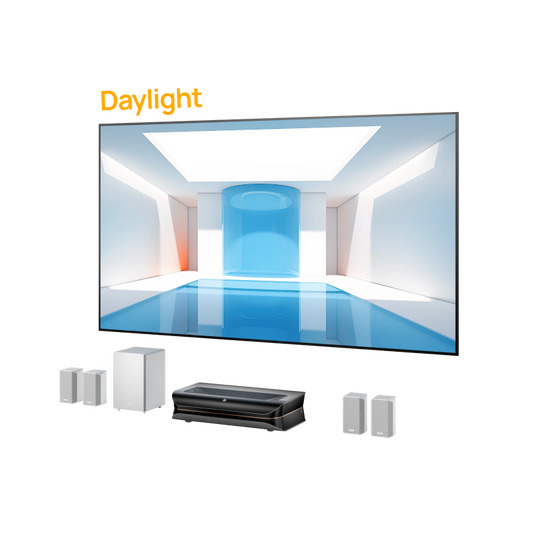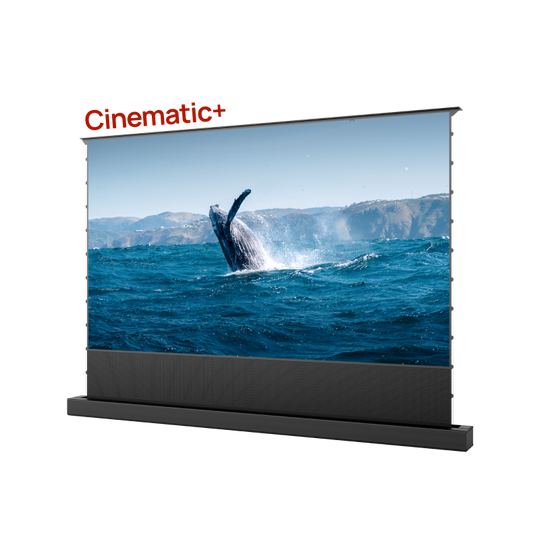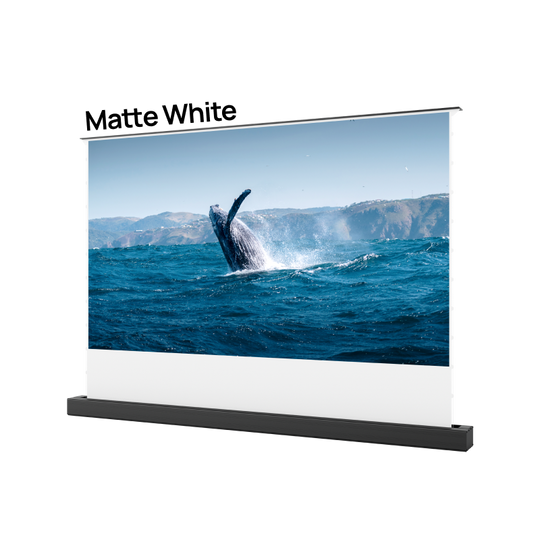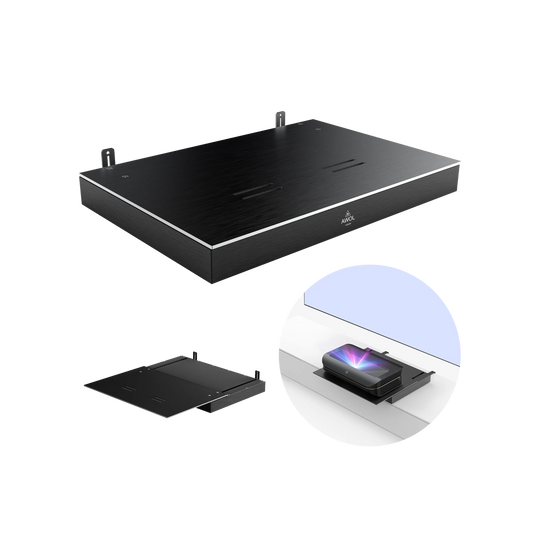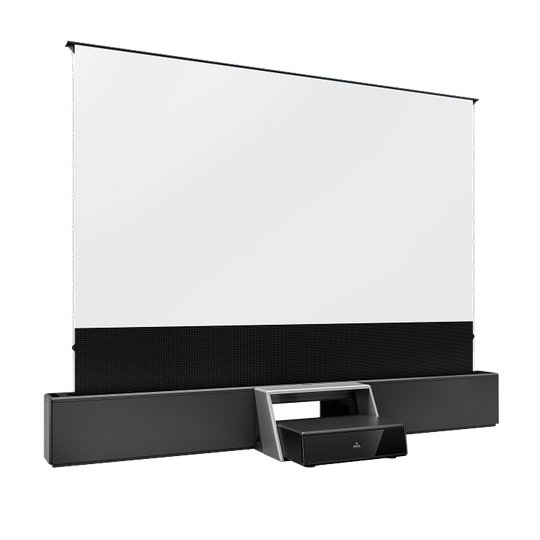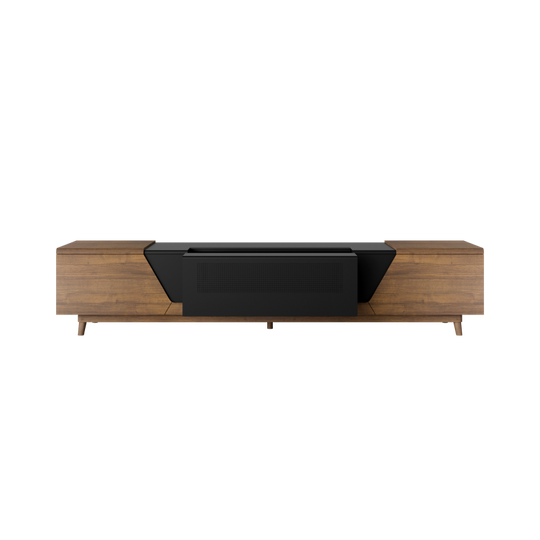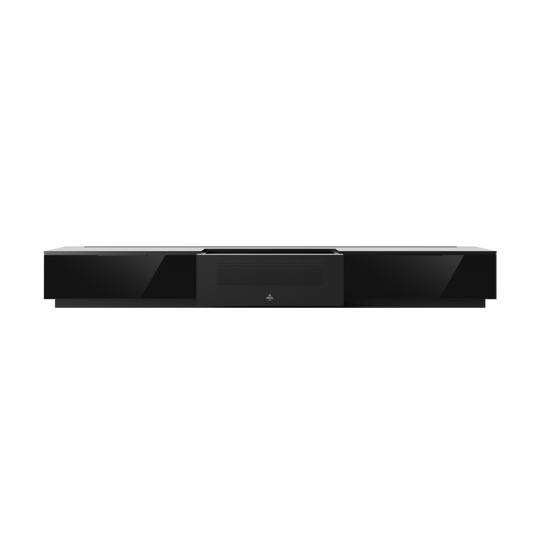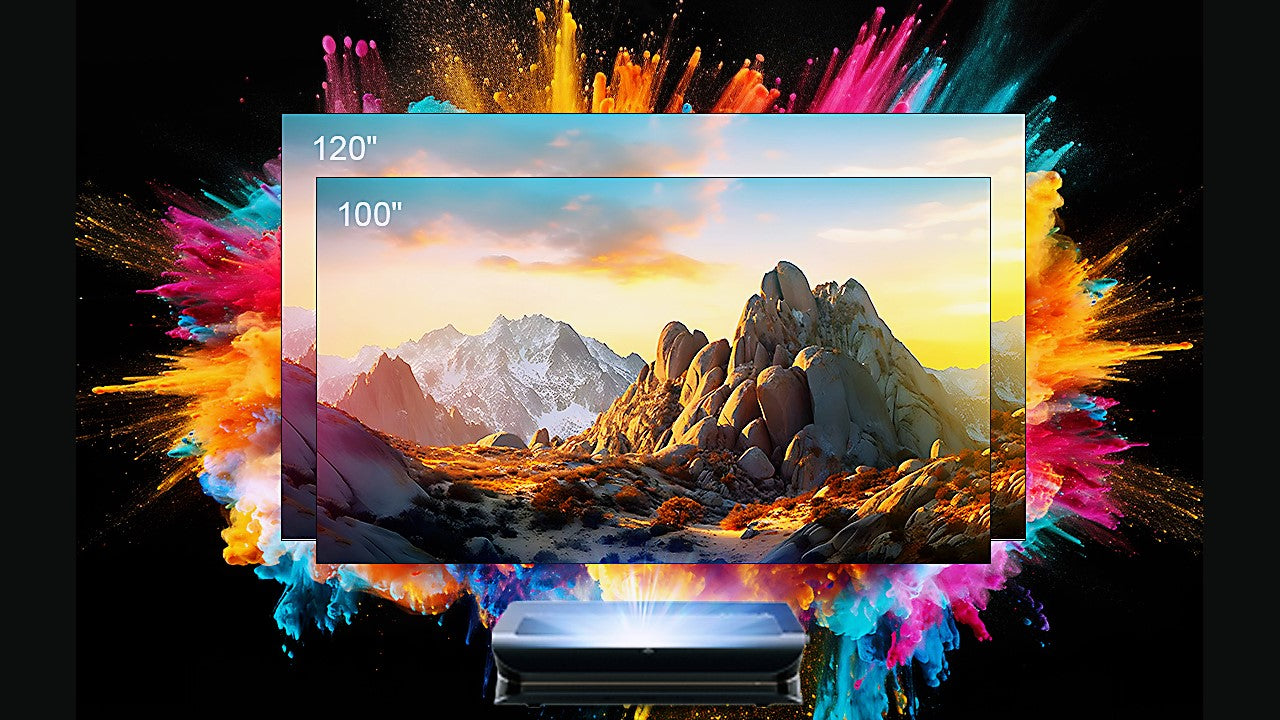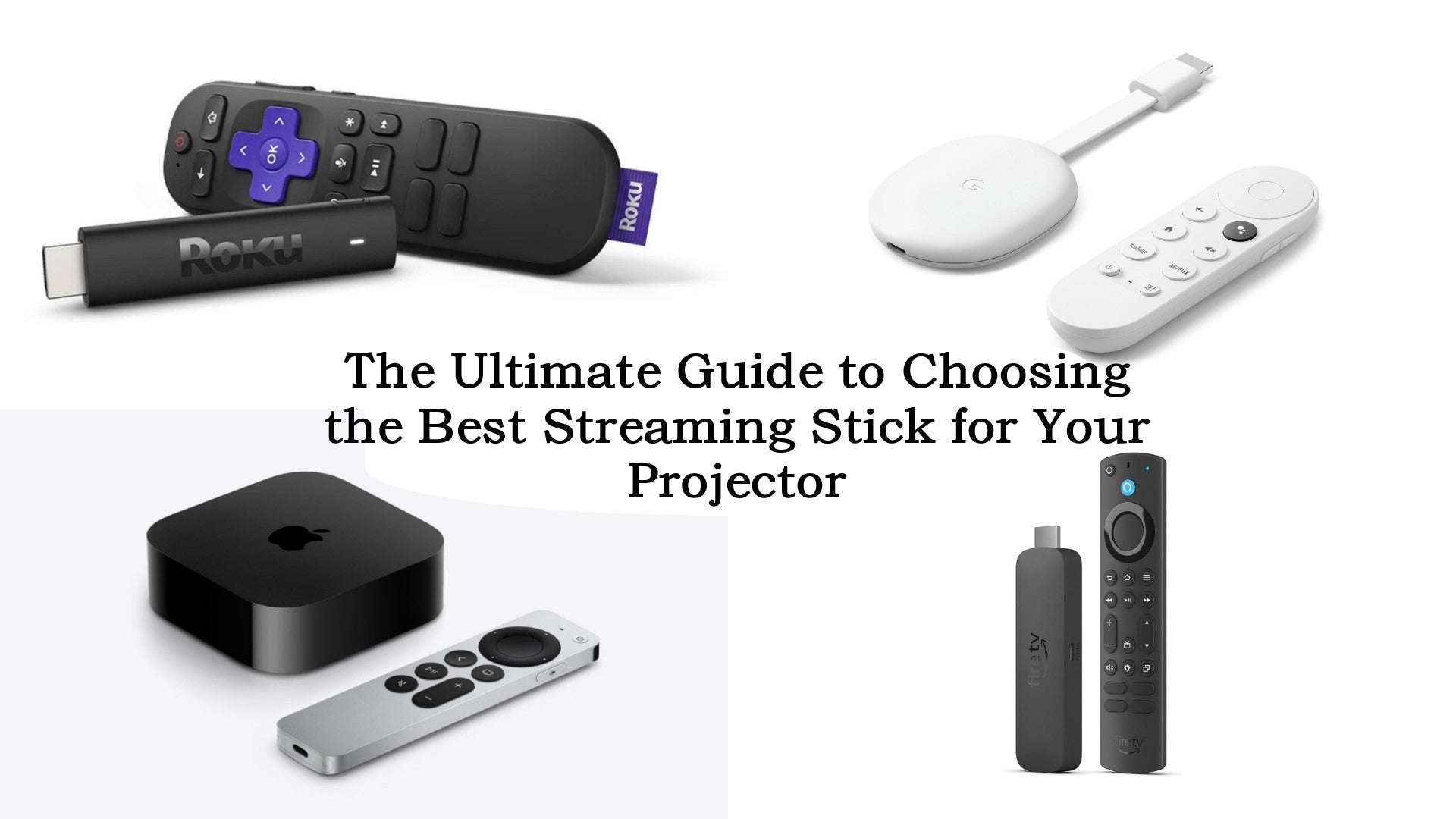HDMI cables are the lifeline of your smart devices, connecting with televisions, gaming consoles (be it PS or XBOX), and streaming devices. They are super critical! Interestingly, not every other HDMI cable will be of help to you. Of course, the right HDMI cables can make your audio and video just great! How do you pick? This blog will take you through several types of HDMI cables, like standard HDMI and micro HDMI cables, and will also give a bit of insight into choosing the best HDMI cable for your situation.
What Is an HDMI Cable?
The HDMI (High-Definition Multimedia Interface) cable is a universal standard for interconnection designed to transmit audio and video data in digital form from sources like TV sets, computer monitors, video projectors, etc. Although all HDMI cables function mainly as audio and video conduits, the differences in design and features account for all parameters governing the choice of one cable or another to fulfill our performance requirements.
Types of HDMI Cables
To select an ideal HDMI cable, one must know the different types. The classifications given are based on the HDMI version and the signal transfer speed, which is sometimes termed the bandwidth.
Here is an enumeration of the most common HDMI cables with specifications:
Standard HDMI (Type-A)
Connector: The most widely used rectangular connector.
Versions:
-
HDMI 1.0 to 1.2a: Basic digital audio/video transmission.
-
HDMI 1.3 to 1.4a: Features higher resolution, Deep Color, and Audio Return Channel (ARC).
-
HDMI 2.0 to 2.0b: Offers 4K at 60 Hz, HDR, and advanced audio formats.
-
HDMI 2.1: Offers 8K at 60 Hz and 4K at 120 Hz, with advanced features such as Variable Refresh Rate (VRR) and Dynamic HDR.
Mini HDMI (Type-C)
Connector: The connector is a smaller version of Type-A, intended for compact devices.
Use case: Found in camcorders, tablets, and DSLR cameras. It transfers the same performance as standard HDMI but is designed to fit in a portable size.
Micro HDMI (Type-D)
Connector: The tiniest HDMI connector there is.
Use case: Best for smartphones, tablets, and small cameras, where there are really tight fit requirements.
HDMI with Ethernet (with or without ARC)
Feature: Includes an Ethernet channel to enable internet connectivity via HDMI. This feature allows for all HDMI-connected devices to share one Ethernet connection.
Versions: Comes in HDMI 1.4 and later versions.
High-Speed HDMI Cables
Bandwidth: Supports 10.2 Gbps and more; good for anything up to 1080p, 4K, 3D, Deep Color, and Audio Return Channel-ARC.
Certification: High-Speed HDMI or Premium High-Speed HDMI branding for 2.0 and above.
Ultra High-Speed HDMI Cable
Bandwidth: Supports 48 Gbps, which is a requirement for HDMI 2.1 features like 8K resolution, high frame rate, and enhanced audio return channel-EARC.
Certification: An HDMI cable marked with the Ultra High-Speed HDMI logo accords with the expected criteria of HDMI 2.1 devices.
How to Choose the Right HDMI Cable
With knowledge of HDMI cable types, the next step is to decide the most suitable one.
-
Resolution support: When connecting a 4K quality television, the cable should also support 4K resolution (in which case that should be High-speed HDMI for any format below). Use Ultra High-speed HDMI for the 8K.
-
Refreshable time rate: Gamers should use HDMI 2.1 cables to get the best refresh rates (4K at 120 Hz or 8K at 60 Hz).
Tips for HDMI Cable Maintenance:
The care and maintenance of an HDMI cable will increase its lifespan and provide an uninterrupted performance.
-
Avoid extreme bending: Do not bend your HDMI cables with great vigor; doing so might damage internal wiring.
-
Unplug when necessary: Unplugging the HDMI cable when not in use reduces wear on connectors.
-
Keep cables away from heat: Don't place cables near any heat source, such as a radiator, or in direct sunlight; high-temperature extremes may damage the cable.
-
Clean the connectors: It would help if you used a soft cloth to wipe the connectors and HDMI cable free from dust and grime, as these cause unwanted quality interruptions on cable performance.
-
Store cables properly: Coil the HDMI cables loosely to avoid internal wire damage when storing them.
Bottom Line
With good insight into the various types of HDMI cables and types of HDMI ports, you can pick wisely for your home entertainment or gaming setup. Whether you need Standard HDMI, Mini HDMI, Micro HDMI, or Ultra High-Speed HDMI, match your needs properly to ensure an awesome audio and viewing experience.
Check out your existing setup, and if you are upgrading to something new, now is a good time to invest in that HDMI cable!
